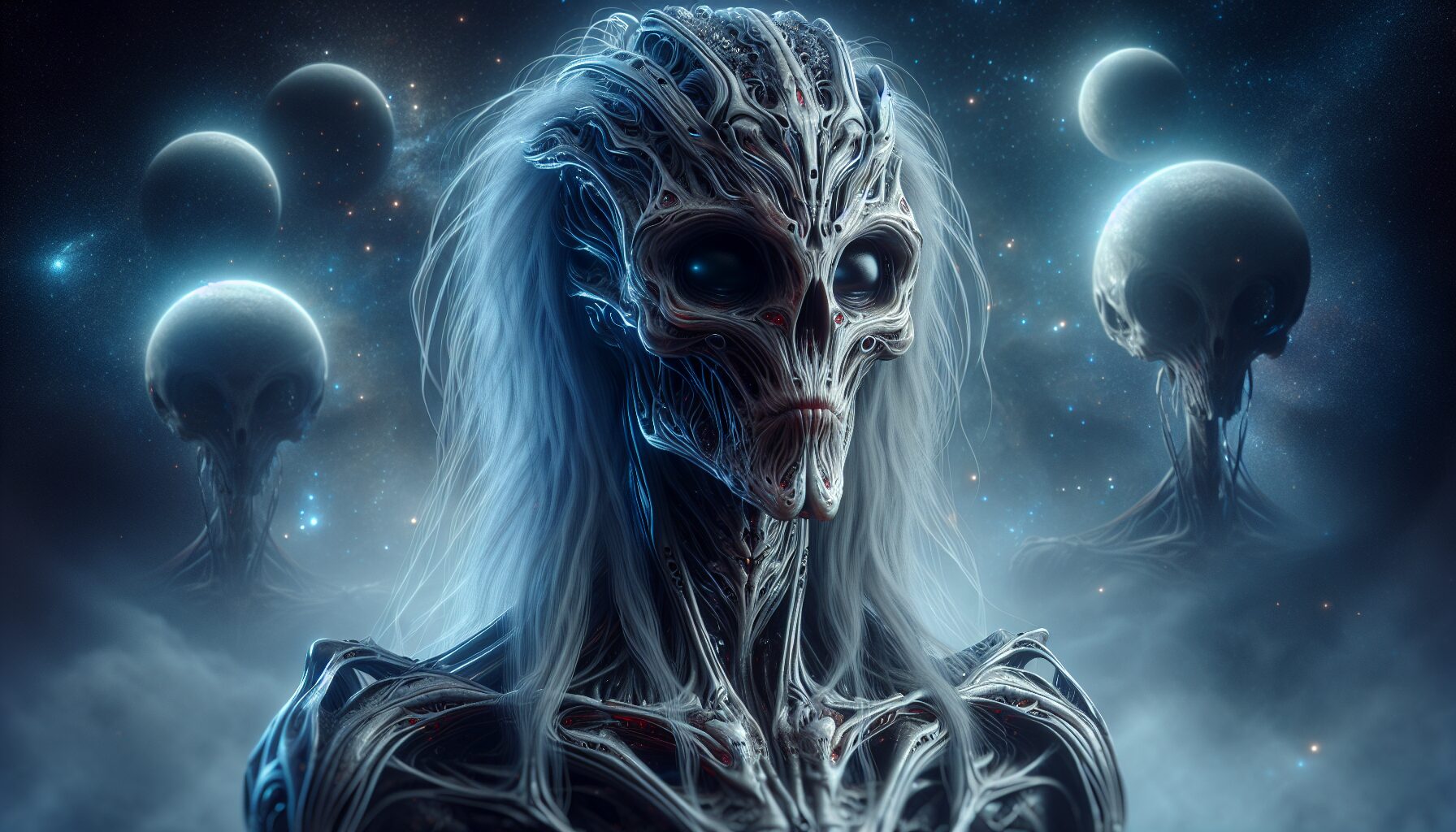Aliens as Angels of Death: Visitors or Harbingers?
The thought of extraterrestrial beings has captivated the human imagination for centuries. From ancient mythologies to modern science fiction, aliens are often depicted as mysterious entities with vast powers and unfathomable motives. A particularly intriguing theme is the portrayal of aliens as “Angels of Death,” enigmatic visitors who may serve as harbingers of doom or catalysts for transformation.
Historical Perspectives on Extraterrestrial Visitations
Humans have long wondered about the existence of life beyond our world. Ancient scriptures and texts occasionally mention celestial beings descending from the skies. In some interpretations, these beings were seen as angels or messengers who delivered divine decrees or catastrophic warnings.
- The Book of Ezekiel in the Bible describes visions of heavenly crafts and interactions with divine beings.
- In Hindu mythology, gods traversed the skies in flying chariots known as Vimanas. These vehicles sometimes served as tools of war and vengeance.
While these interpretations are heavily saturated with the belief systems of their times, the parallels to modern-day UFO sightings and alleged alien abductions are hard to ignore.
The Modern Mythology of UFOs and Aliens
Since the late 20th century, the phenomenon of UFO sightings has become a focal point of both scientific inquiry and popular culture. Rigorous investigations by agencies such as the US Air Force’s Project Blue Book have attempted to categorize these occurrences, often with inconclusive results.
The depiction of aliens in contemporary media ranges from benevolent saviors to annihilating forces—entities capable of both creation and destruction. This duality is highlighted in films and literature where extraterrestrial visitors serve as a mirror for humanity’s hopes and fears.
Aliens as Harbingers of Destruction
The idea of aliens acting as agents of annihilation is not just a construct of Hollywood. In The War of the Worlds by H.G. Wells, Martians invade Earth with superior technology, wreaking havoc on civilization. This narrative suggests a profound vulnerability in human endeavors, an existential risk posed by encounters with technologically advanced beings.
Movies like Independence Day and The Day the Earth Stood Still further echo these themes, portraying alien invasions as warnings to humanity, urging a focus on global unity and peace. In both speculative and philosophical discussions, aliens are often posited as sentinels, whose encounters offer stark reflections on our self-destructive tendencies.
“The most terrifying fact about the universe is not that it is hostile but that it is indifferent. But if we can come to terms with this indifference and accept the challenges of life within the boundaries of death—however mutable he may be—our existence as a species can have genuine meaning and fulfillment. However vast the darkness, we must supply our own light.”
Angels of Death: Transformative or Terminal?
It’s possible to envision aliens as heralds of transformation, serving as cosmic agents of evolutionary pressure. This perspective often shifts the narrative from one of destruction to one of change.
- The transformative power of alien contact is explored in films like Contact, where communications with extraterrestrials challenge humanity’s place in the universe.
- In the realm of speculative fiction, Arthur C. Clarke’s Childhood’s End depicts aliens as catalysts for human transformation, blending the apocalyptic with the transcendental.
From this viewpoint, aliens as “Angels of Death” force humanity to confront its flaws and catalyze growth beyond its limitations. The threat of death is a powerful motivator for innovation and unity, driving the species to transcend its primal fears.
Scientific Perspectives: Are We Alone?
From a scientific standpoint, the question remains: are there truly extraterrestrial entities out there, and are they aware of us? The search for extraterrestrial intelligence (SETI) has long been a spearhead in this quest, analyzing signals from the cosmos for signs of alien life.
The SETI Institute continues to monitor radio waves and investigate potential communication from other lifeforms. While no definitive signals have been confirmed, the vastness of the universe suggests numerous possibilities.
The philosophical debate around aliens as either visitors or conquerors reflects broader existential questions about universal morality. If more advanced civilizations exist, would they share the same ethical principles, or would they impose their own?
Conclusion: Navigating the Uncertainty
As humanity ventures further into space, the possibility of encountering otherworldly beings becomes increasingly probable. Whether these aliens act as “Angels of Death” or benevolent allies may ultimately depend on how we perceive and prepare for their arrival.
In contemplating aliens as either visitors or harbingers, humanity is reminded of its own vast capacity for creation and destruction. Whether these encounters will mark an end or a new beginning is a narrative yet to be written, an odyssey awaiting its heroes.
As the philosopher Carl Sagan wisely noted, “For small creatures such as we, the vastness is bearable only through love.” The message is clear: whether the threat comes from within or without, the ultimate struggle is to preserve the light of civilization as we journey through the cosmic night.

Comments